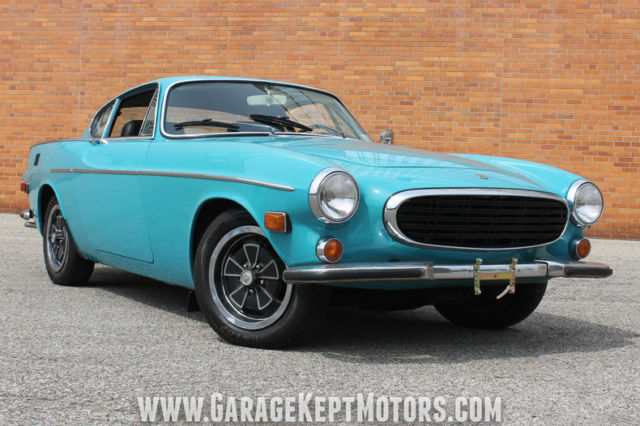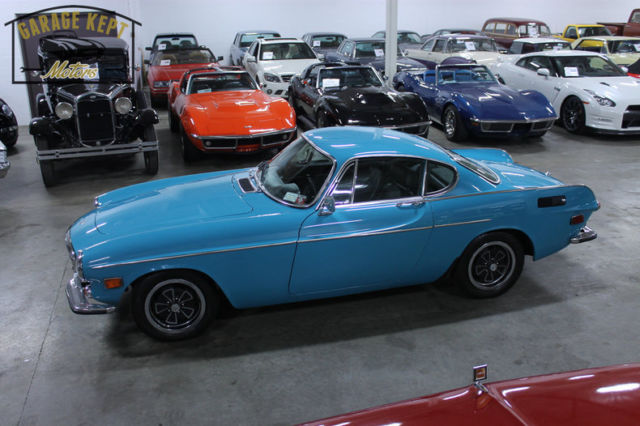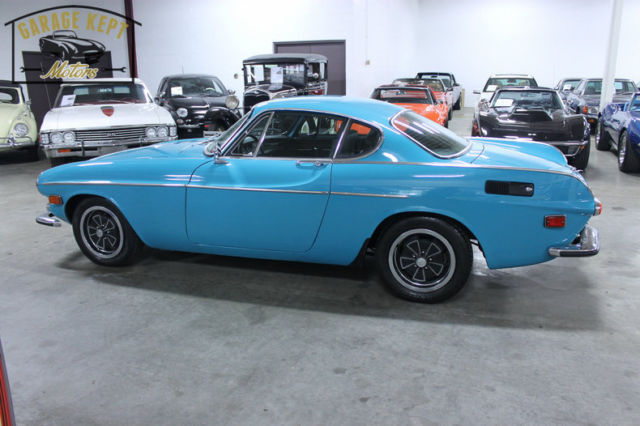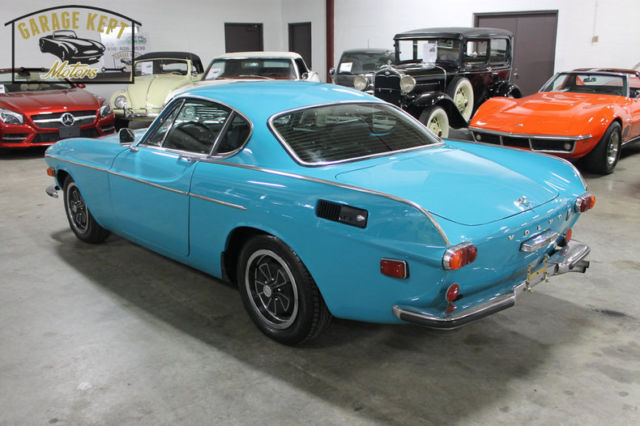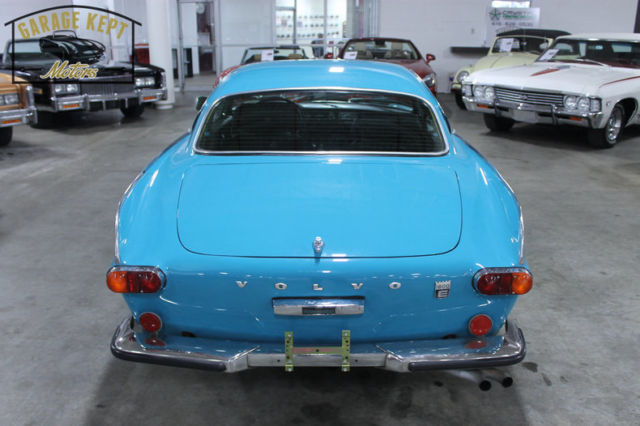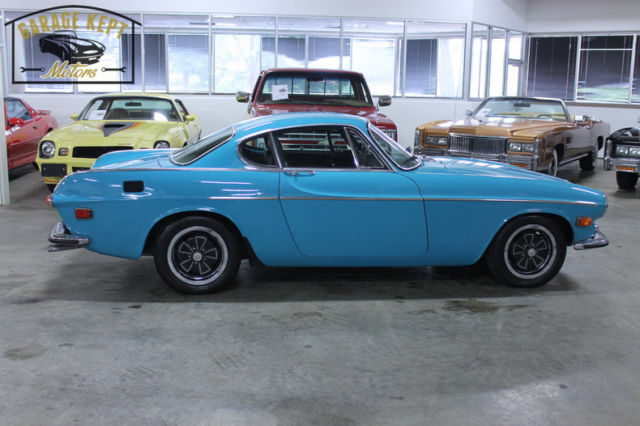Description
• 2.0-liter 130-hp inline four-cylinder engine • Four-speed manual transmission • Standard electronic overdrive • Factory alloy wheels with steel rims • Air conditioning • Power four-wheel disc brakes • Popular and uncommon Development of Volvo's P1800 sports model began in 1957 with development headed by Helmer Petterson who was responsible for the groundbreaking PV444 during the 1940s. Petterson's son Pelle who was then with Italy's Frua handled design. Frua produced three prototypes and the P1800 debuted in coupe-only form for 1960. Prior to the P1800's arrival Volvo was well-established as a manufacturer of rugged dependable cars with a slightly stodgy and austere appearance. But for those in the know the PV444 and PV544 saloons were also quite enjoyable to drive and the Volvo four-cylinder engine responded well to tuning. In an effort to improve its image Volvo introduced the P1900 sports car a fiberglass-bodied machine with a tuned "B14" engine that produced 70 horsepower. Unfortunately it did not live up to Volvo's usual standard of quality and only 68 examples found buyers. Thankfully management didn't throw in the towel but instead they regrouped and a new car was designed this time with a more practical steel body and mechanical underpinnings based on the new Amazon/122 chassis. The new car called P1800 had a dramatic body that was quite unlike any Volvo before it. It was styled largely in-house though it did get some tweaks courtesy of Frua of Turin who built the first prototype. The P1800 was a smashing success for Volvo; so much so they had to farm production of the bodies out to Pressed Steel of West Bromwich England for the first round of production. To control costs and quality production then moved back to Sweden and continued through the mid-1970s with the P1800ES wagon being the final evolution of the model. During the 1961 to 1973 production run Volvo is reported to have produced 39407 coupe versions and 8077 sport wagons. Roger Moore famously drove a variant of this car in the popular ITC television mystery spy thriller "The Saint." For 1970 many modifications came with the fuel-injected 1800E's 2.0-liter inline four-cylinder which has Bosch D-Jetronic fuel injection and a revised camshaft and produced 130-hp while still delivering excellent fuel economy. Top speed was around 120-mph and acceleration from 0- toâ€"100-kmh (0â€" to 62.1-mph) took 9.5 seconds. The transmission is a fully synchronized four-speed with standard electronic overdrive and encourages fast shifts as it should be on a grand touring car. In addition the 1970 model was the first 1800 with four-wheel disc brakes. Offered in what is described as "original condition" this Volvo P1800E is presented in a turquoise shade with black interior and tan carpets. The data tag shows a December 1970 production date. Among the equipment is air conditioning power brakes full Smiths instrumentation passenger side dash-mounted grab bar center console new-for-1970 factory alloy wheels with steel rims aftermarket radio spare lug wrench and jack. Like any P1800 this machine provides fun predictable handling during a spirited drive. Just because this was known as Volvo's most different car was no reason to construct it any differently; comfort is standard equipment it's not something that needs pretending. These are delightful driver's cars and make an excellent choice for a starter classic as they are reliable easy to drive and of course very stylish. This honest solid example is sure to return plenty of fun for its next owner.
